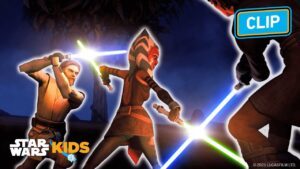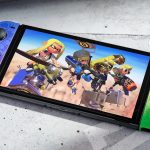Sonic the Hedgehog famously kicked off the video game mascot race of the ‘90s
and 2000s, the Sega Genesis’s hipper, edgier answer to Nintendo’s dumpy yet iconic plumber. From the release of Sonic the Hedgehog all the way back in 1991 to Sonic Adventure 2 a decade later, the blue blur was synonymous with experiences that foregrounded speed, skill, and adrenaline. But after battling Nintendo for supremacy for decades, Sega fumbled the lead with the Dreamcast, which failed so spectacularly that it dragged the company out of the console war entirely.
Despite these setbacks, the speedster still had some juice in him. With 2004’s Sonic Heroes, Sega aimed to make “a brand new series for Sonic, rather than just creating an Adventure sequel,” according to a 2004 Nintendo Power interview with director and lead designer Takashi Iizuka.
Yuji Naka, Sonic’s creator (who was recently charged with insider trading) told Eurogamer in 2003 that “Sonic Heroes is a new style of game.” It was also the mascot’s first multiplatform outing, and the team had to create versions for all three major consoles—the GameCube, PS2, and Xbox—while learning a brand-new game engine, EA’s Renderware. And, thanks to all those factors, there’s definitely some rough-draft qualities about the final product.
20 years after its release, Sonic Heroes remains one of the most divisive titles in in the franchise. Some view it as endearingly simple, while others see it as a pivot away from speed romps to janky messes with confusing stories. Reviews at the time weren’t kind. Eurogamer said the “characters are basic and cringe-worthy, the combat is tedious, the platforming and puzzling is too basic.”
In most previous games, Sonic’s gameplay loop revolved around speed, and crossing the finish line as quickly as possible. Momentum was key. Sonic Heroes introduced a unique gimmick that allowed players to control three characters at the same time. Each role has its unique strengths and attributes: Speed characters can dash and travel over rings, power users can break through blocks and glide, and fliers can ascend using wind attacks. While playing, you’d need to constantly switch between the three to advance, adding a sense of strategy beyond “just go fast.”
There are four trios to choose from, each with its own campaign and skill level: There is the normal Sonic and his friends, the goofy side characters that offer an easier time, the bad guys that go hard, and the money-hungry bounty hunters that are fine to skip (unless you’re looking for a collect-a-thon). Each campaign weaves into the others, giving players with enough time and patience a full view of Dr. Eggman’s sinister robot-wielding plot.
As a middle schooler, this was my first experience with the Sonic franchise and the first non-Pokémon game I ever beat, so I remember it through rose-tinted glasses. Listening to the banter of each group allowed me to build a connection with the chili-dog-eating speedster that endures to this day. Sonic, Tails, and Knuckles seemed like genuine friends. Even as they bounced their way through endless obstacles and robots, they still had time to quip.
The platforming was also pretty approachable for a newcomer, since Tails works as a backup to get through stages when your jumps fail. Sure, the camera is annoying and it’s all too easy to fall off stages, but Sonic Heroes inspired my generous tolerance—if not necessarily love—for the franchise’s janky quirks.
After Sonic Heroes, Sega’s speedster got even weirder. Shadow the Hedgehog uses guns, Sonic Unleashed turns him into a werewolf, and Sonic ‘06 is still considered one of the most broken games of all time. Sonic hasn’t quite regained the same level of polish and popularity he had during his early days, though stans like me still hold out hope that the best is still to come.
























